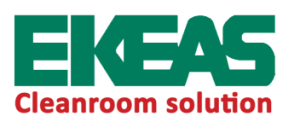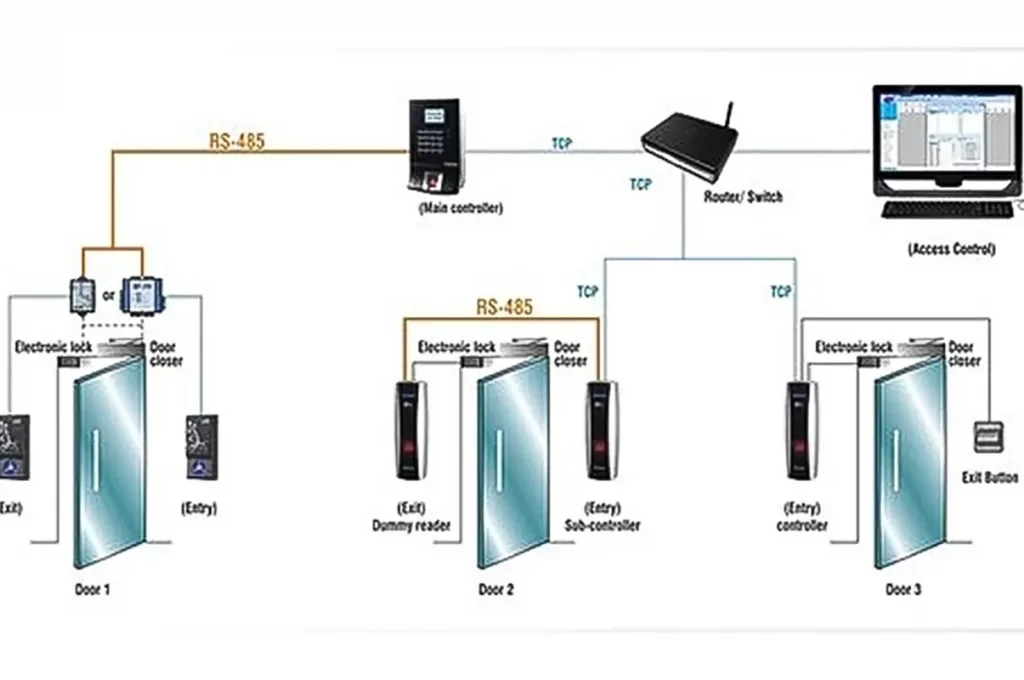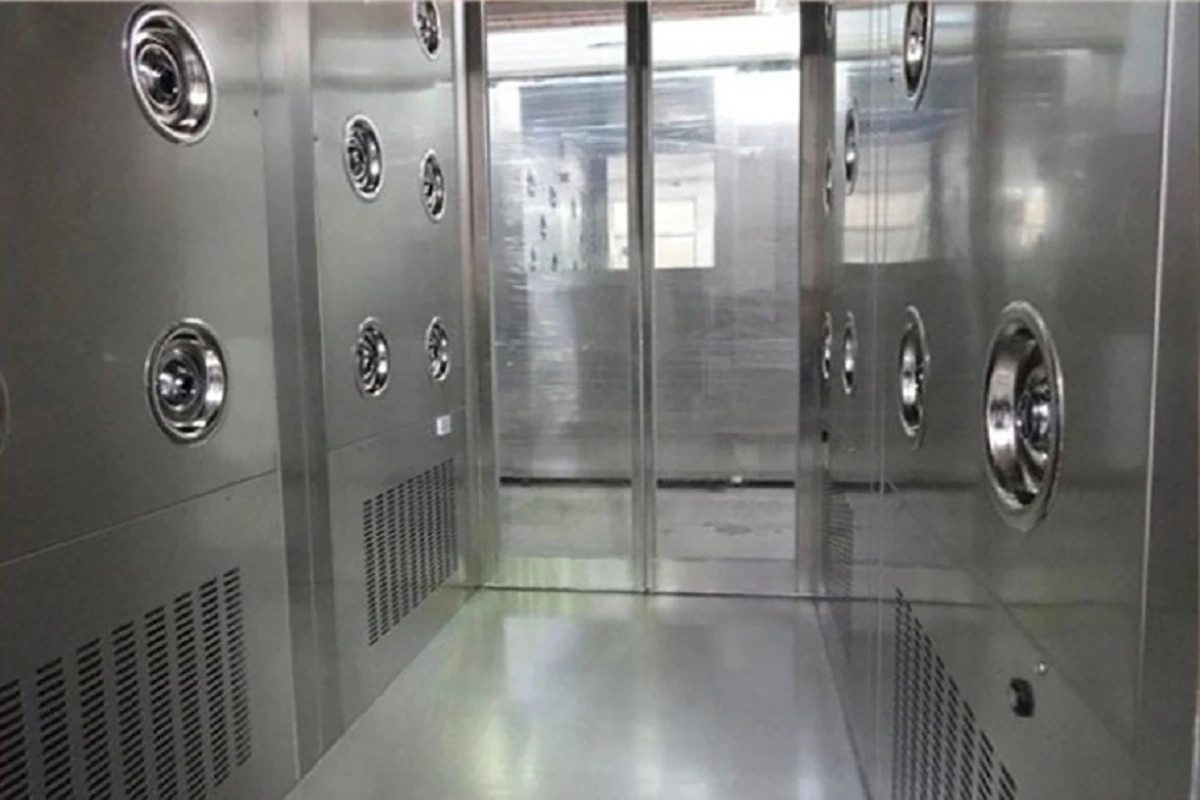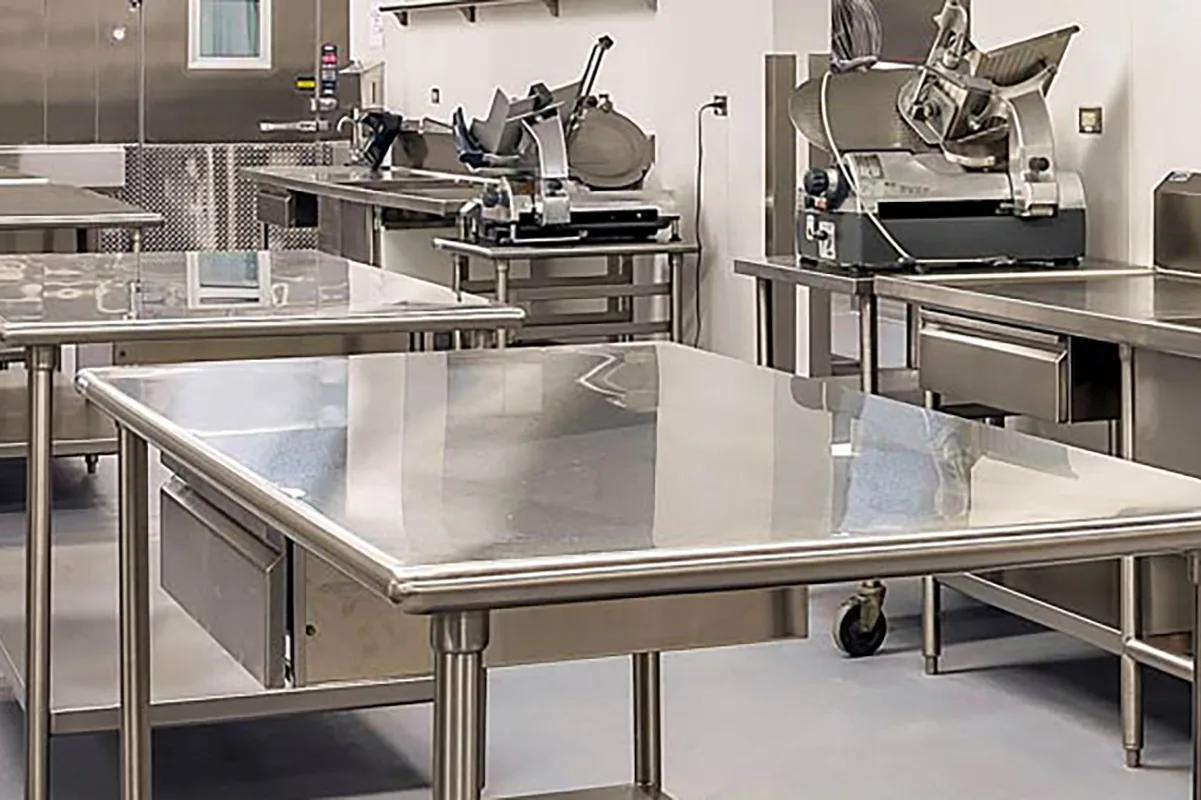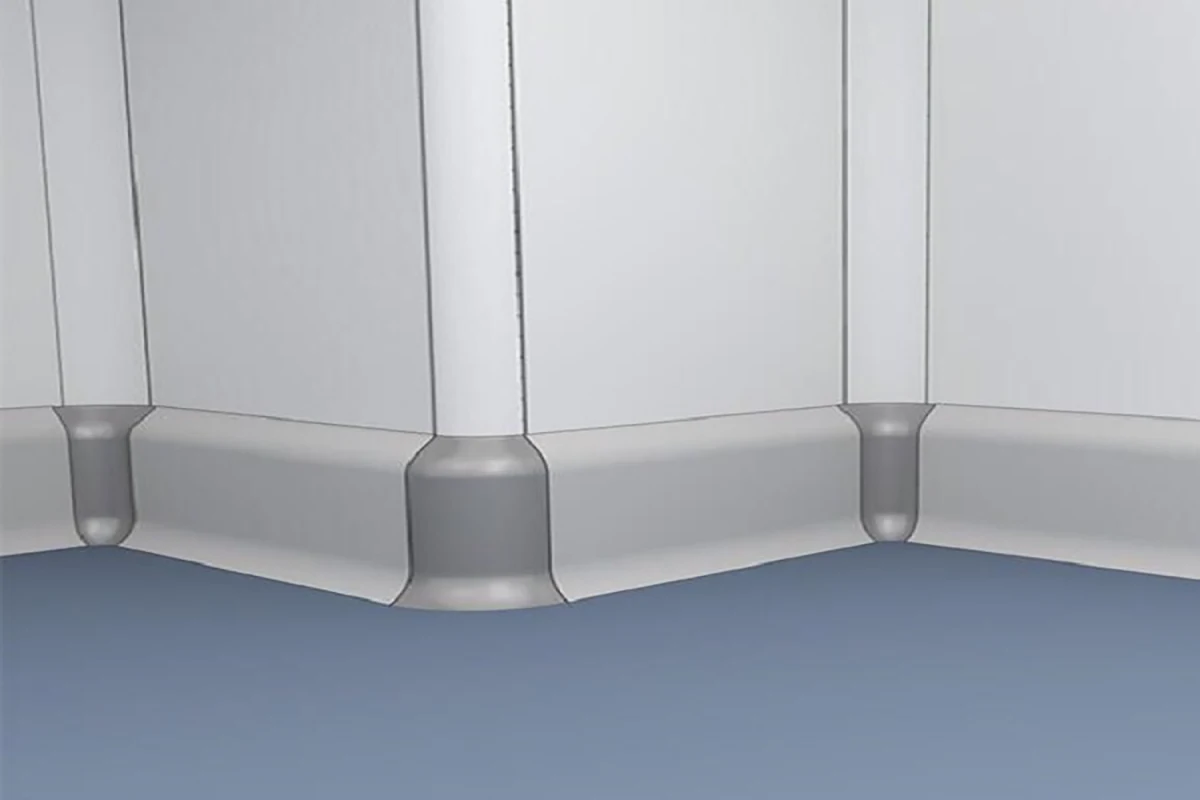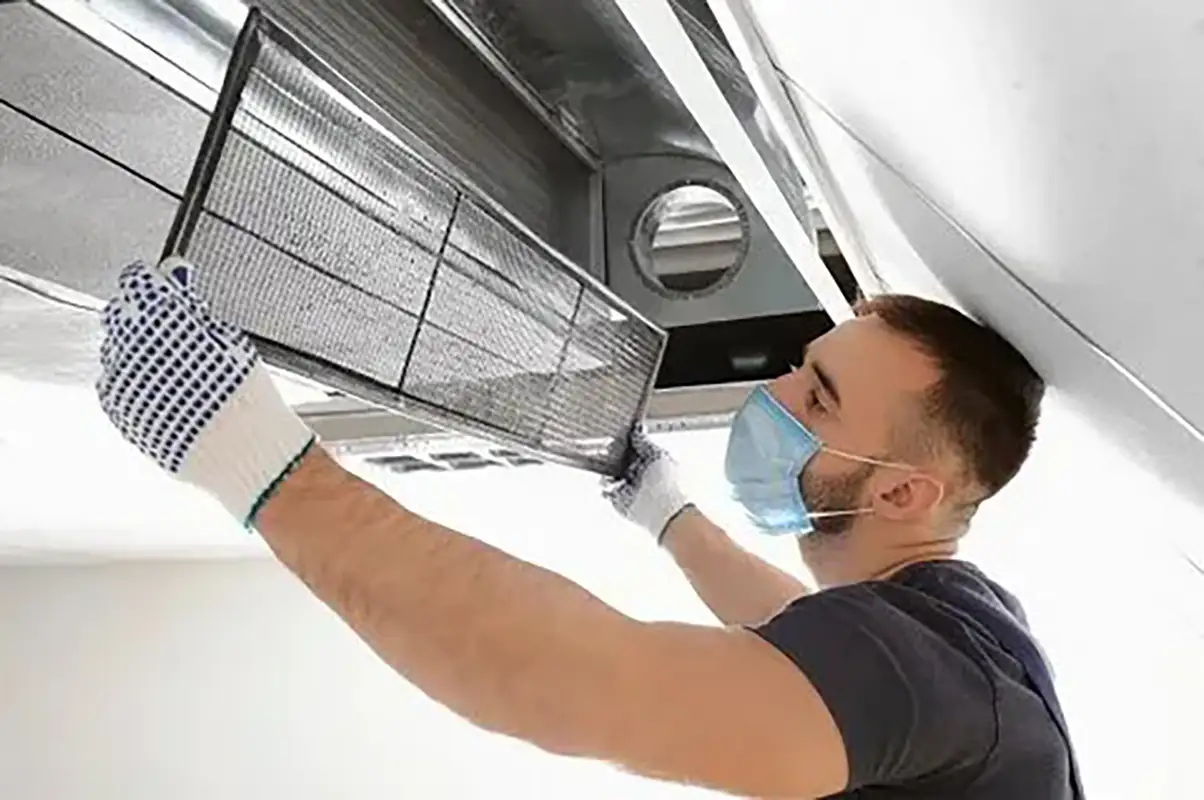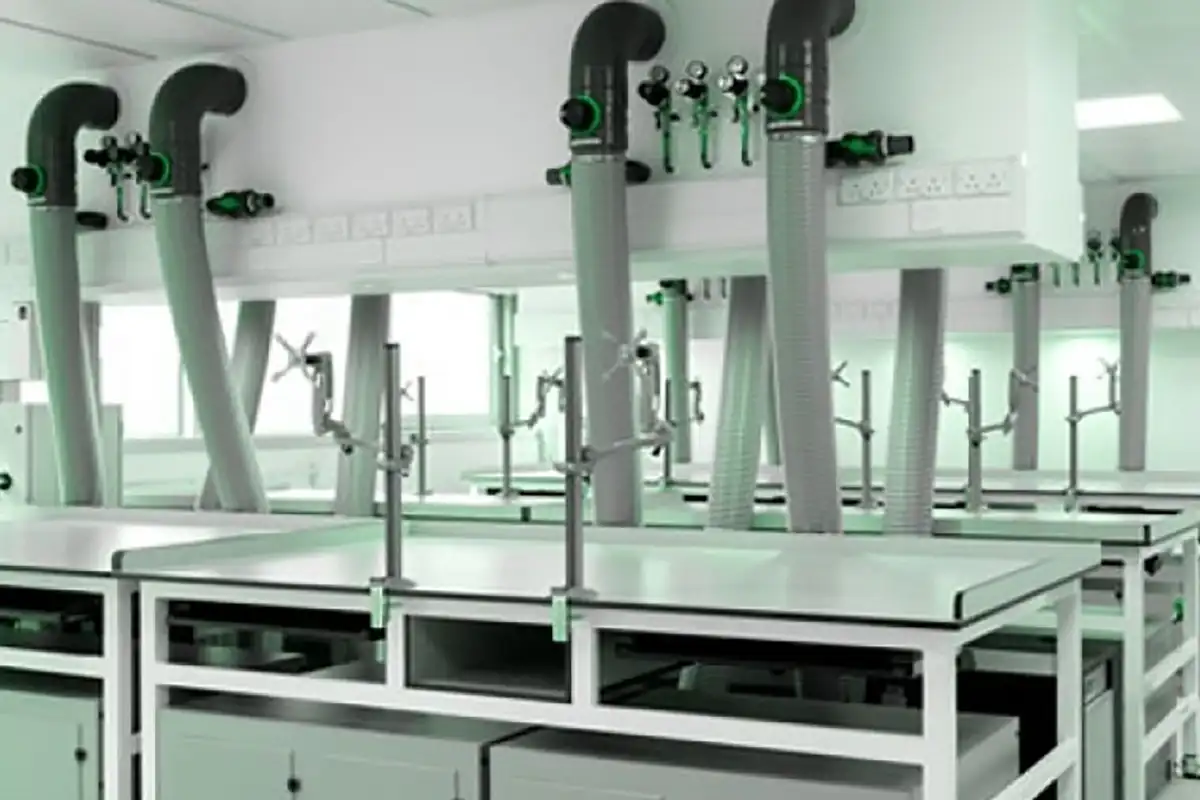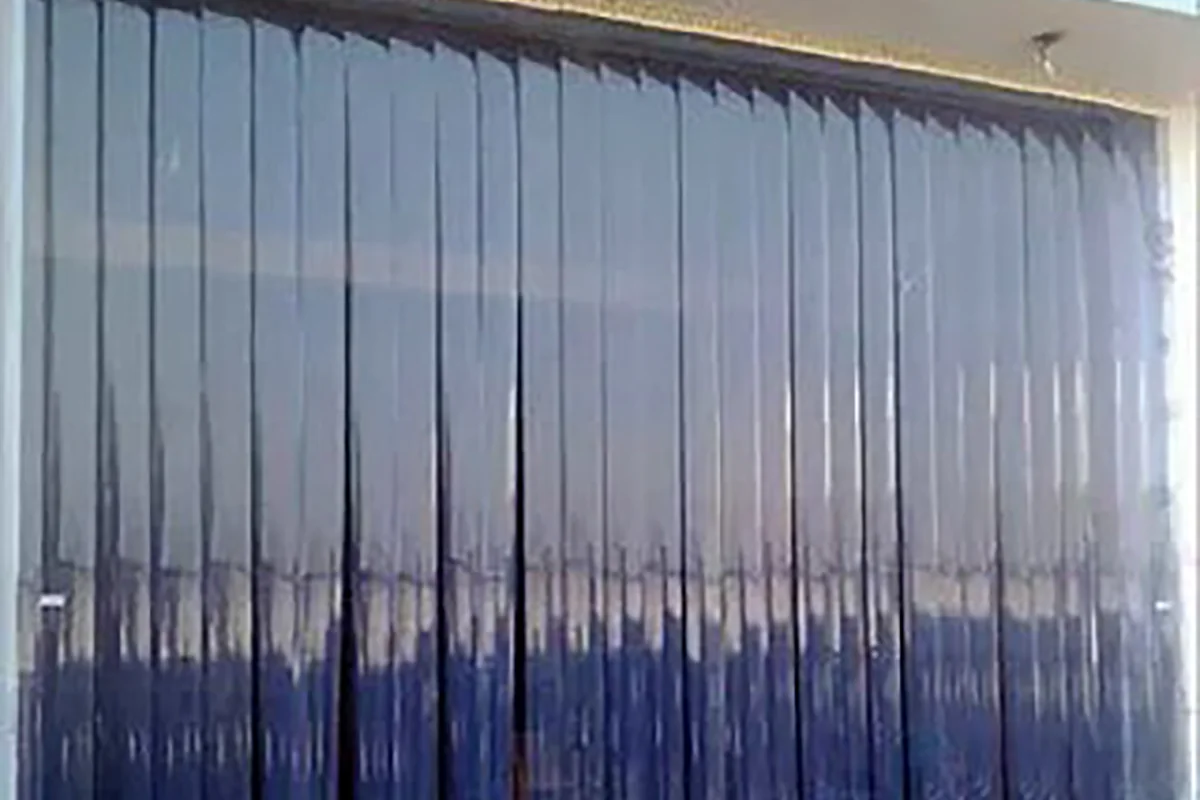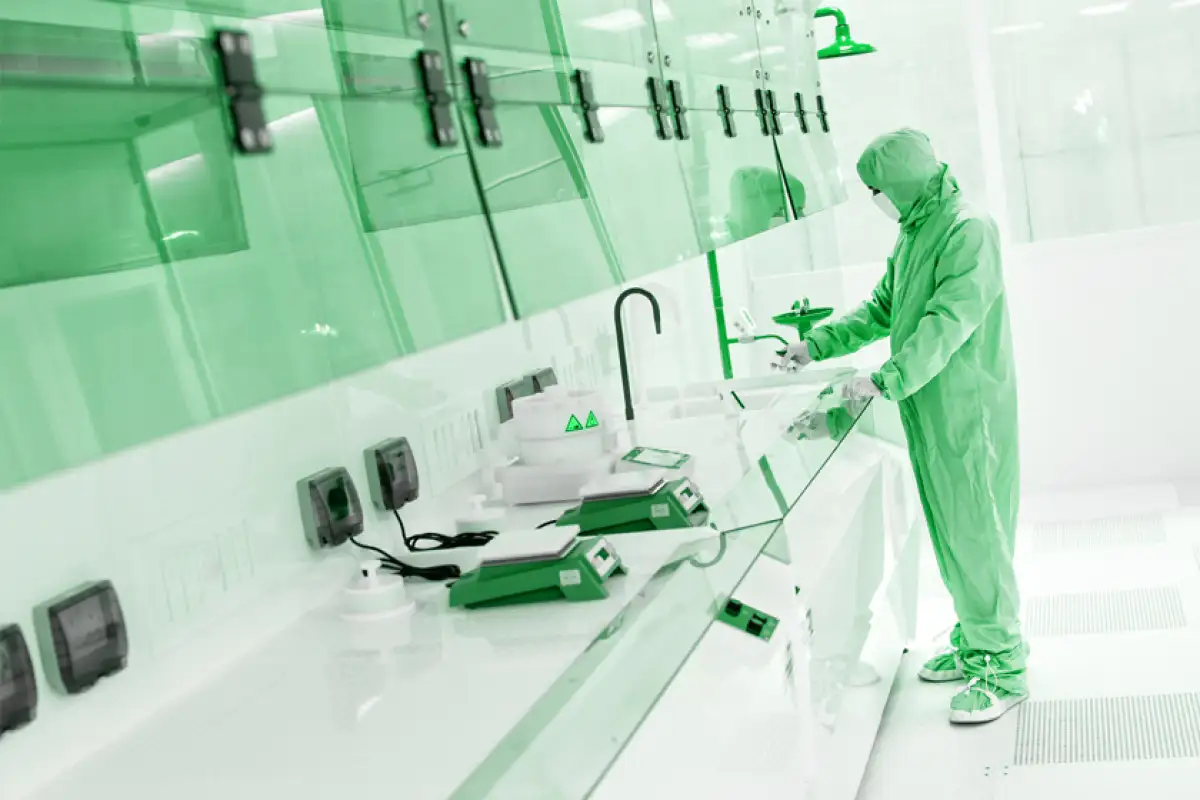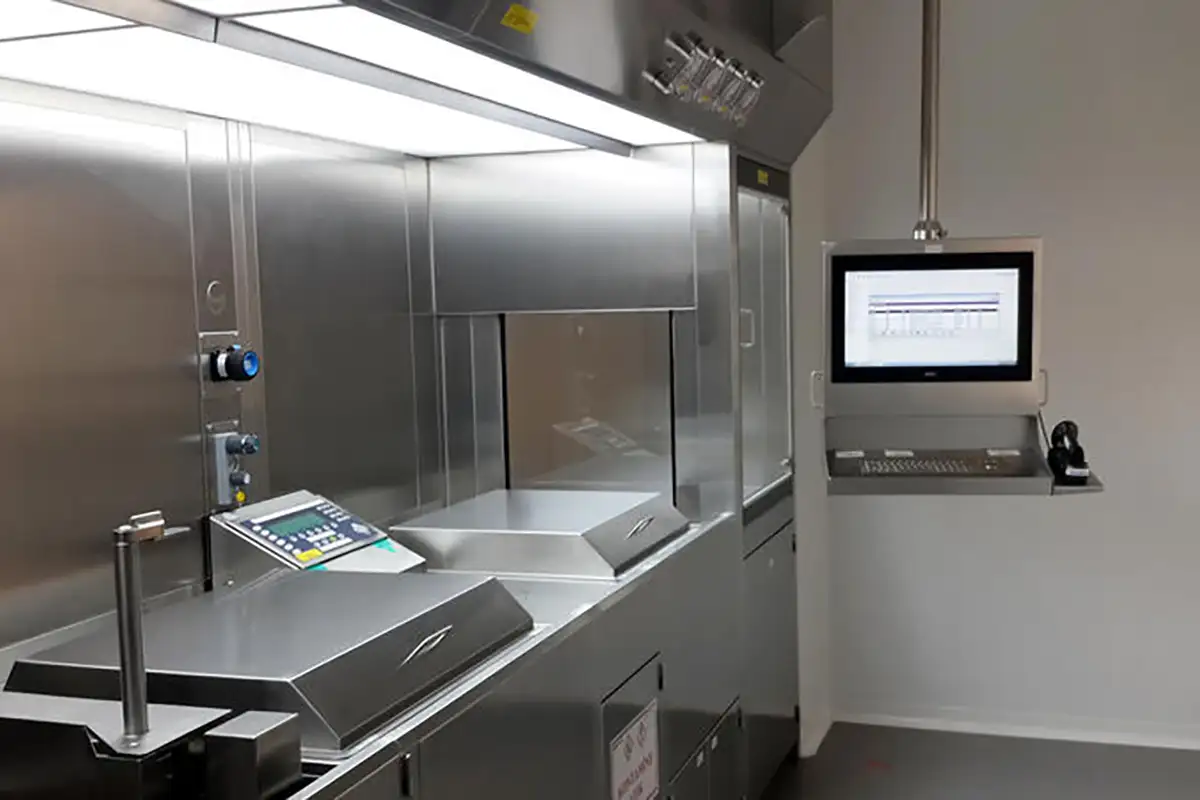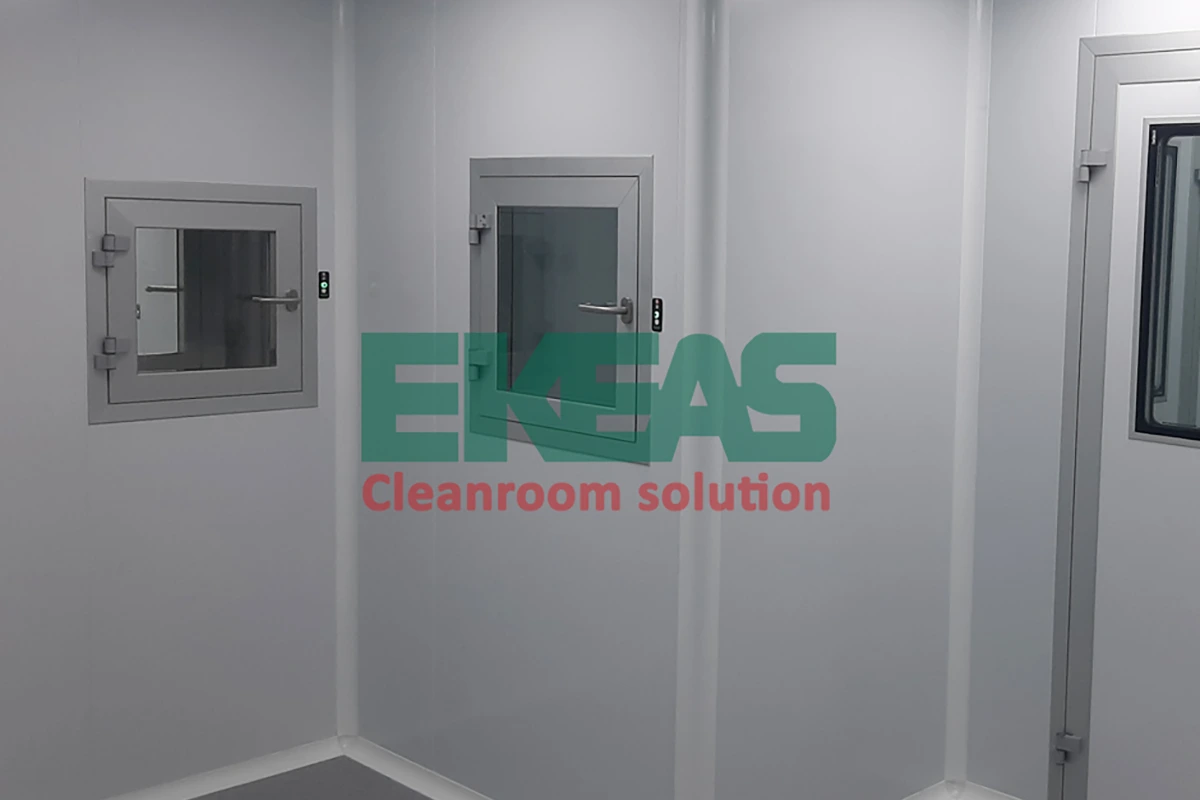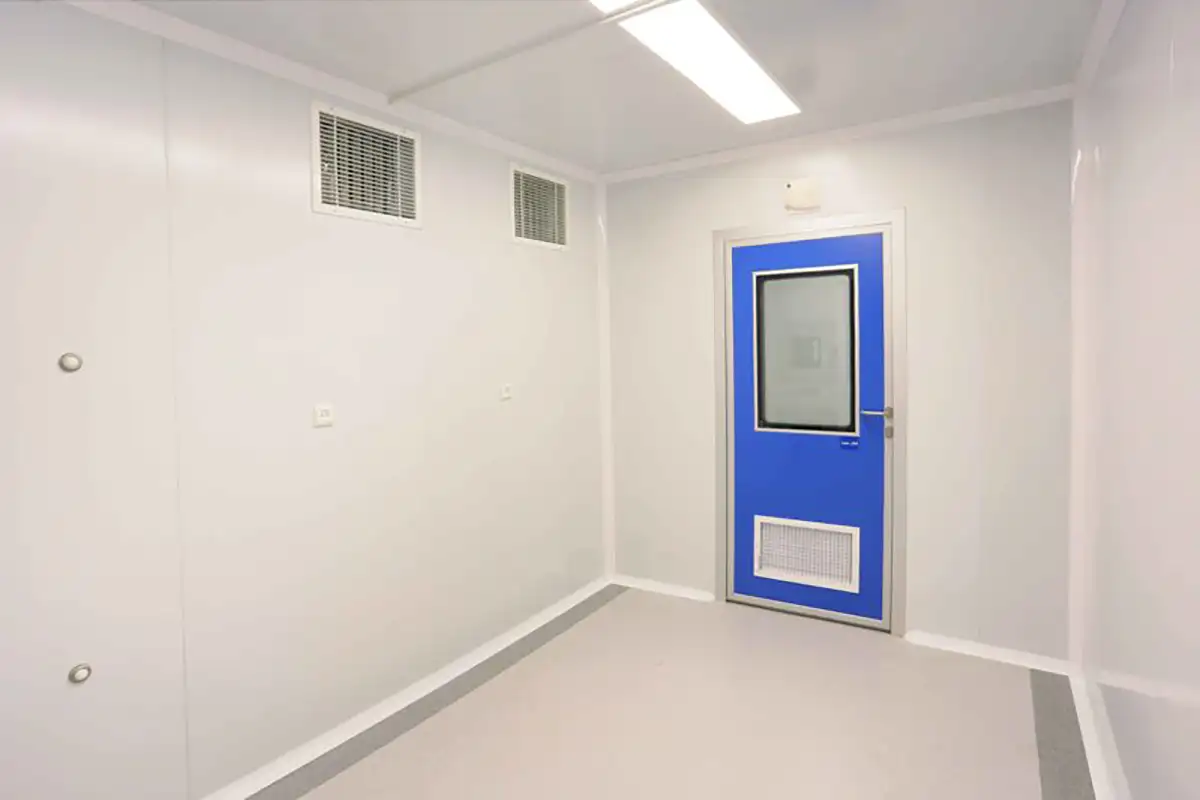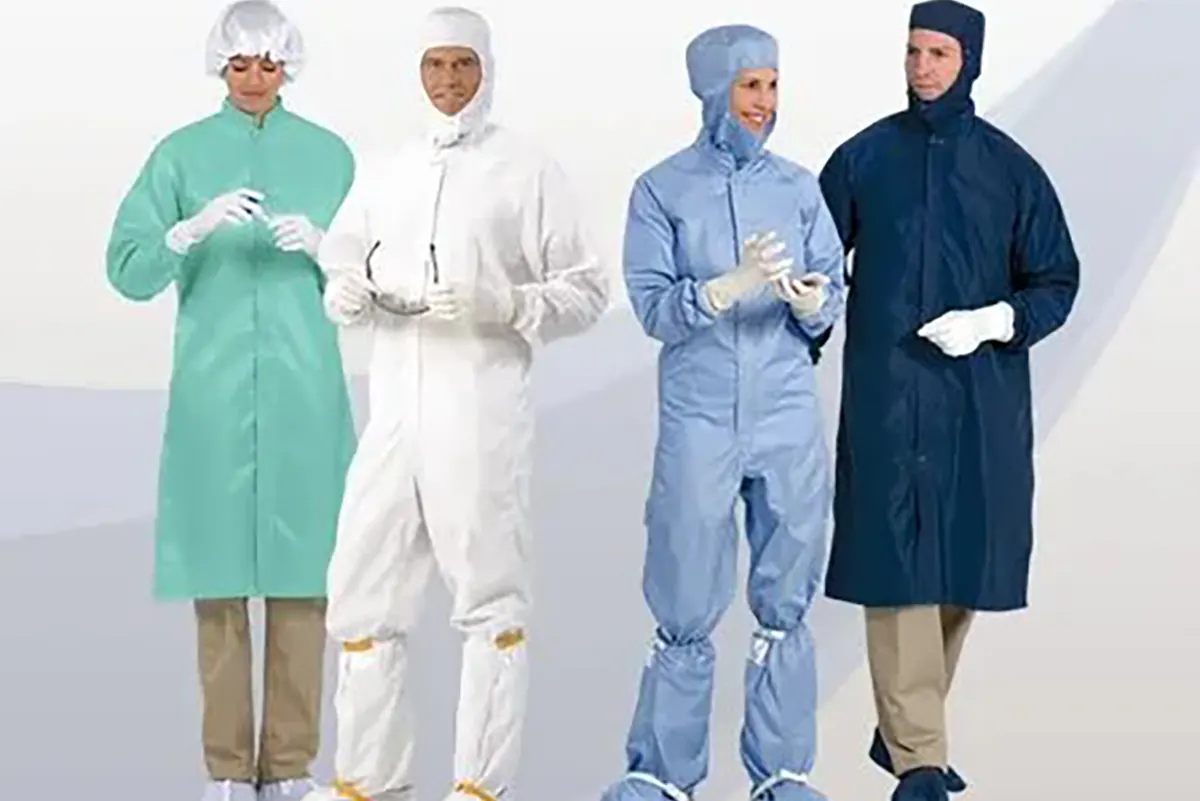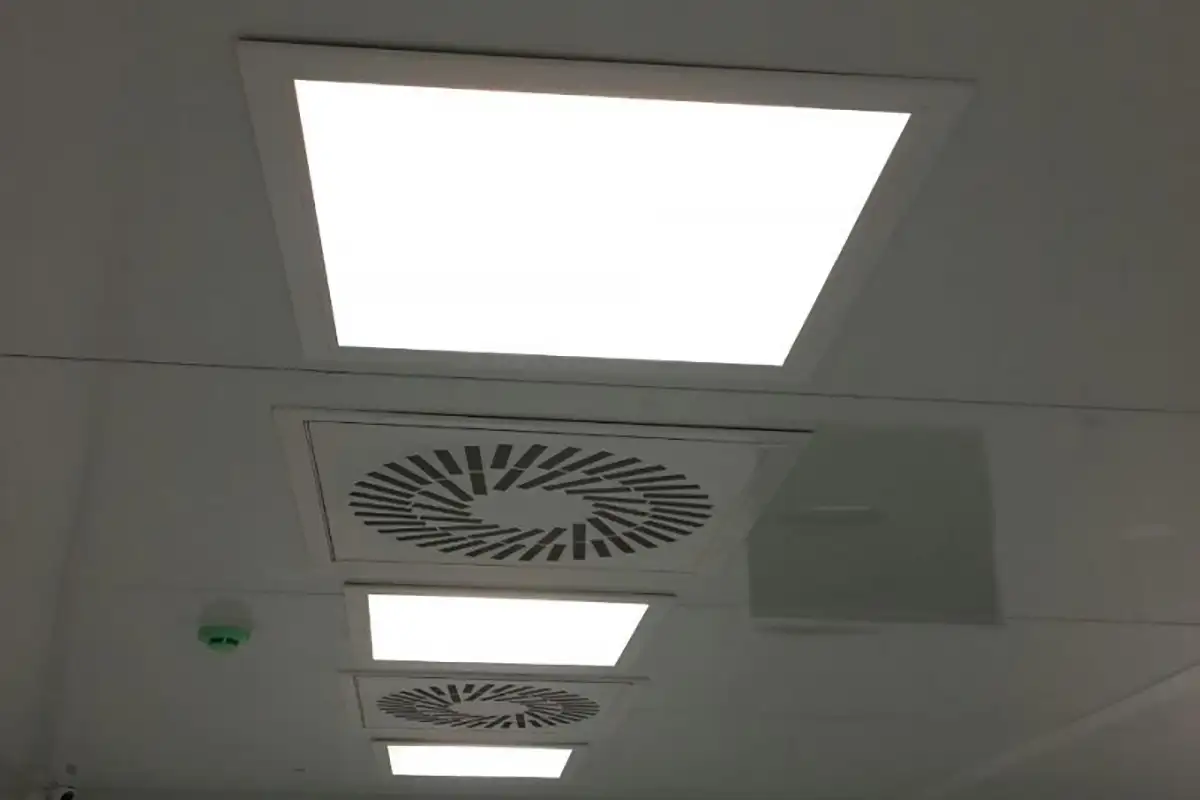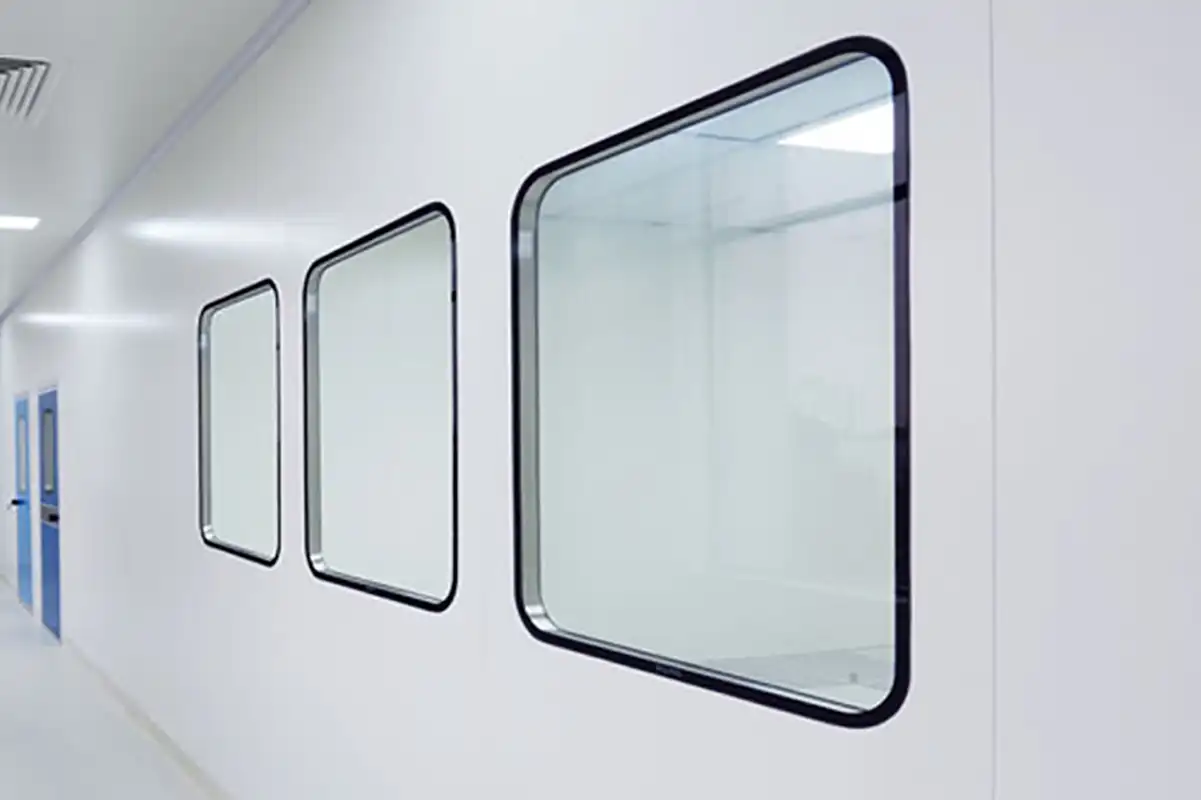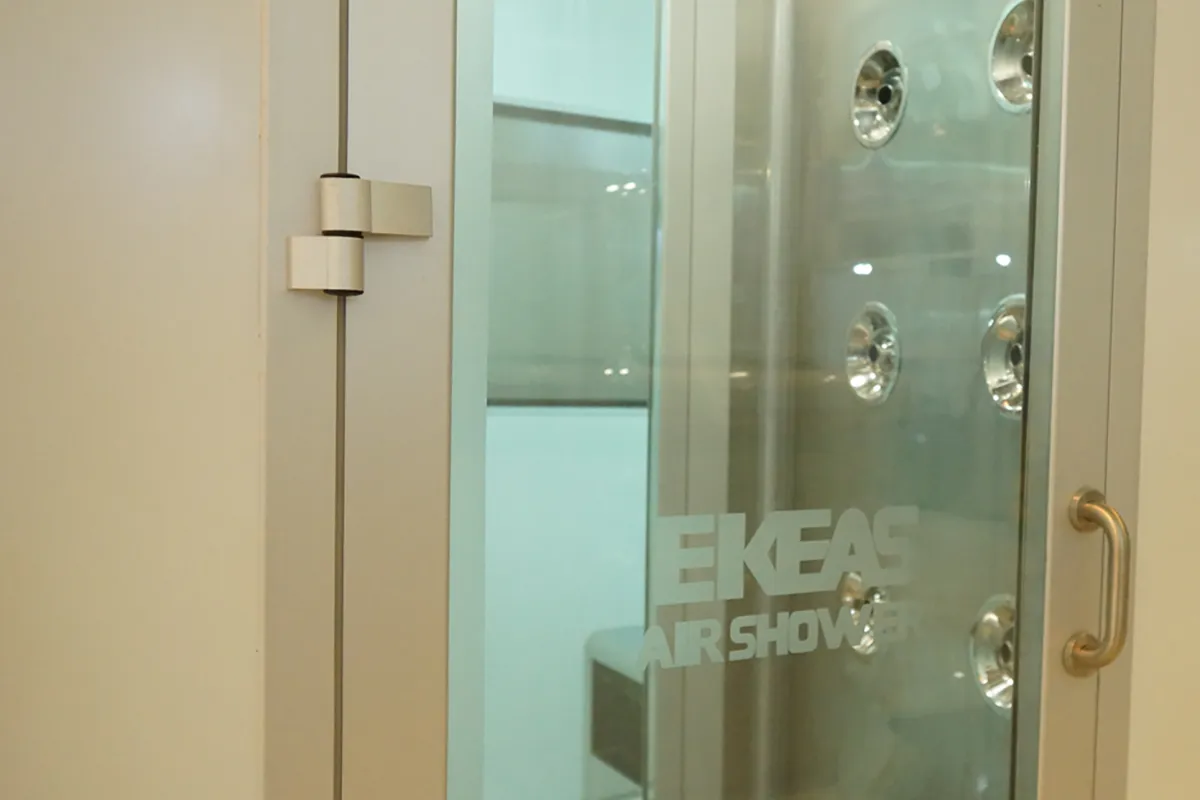Interlock: A mechanism that delays door opening until the previous door is closed. This prevents the entry of contaminants from outside the room. Door locks are essential for maintaining a cleanroom. Installing a cleanroom interlock system ensures the cleanliness of materials and equipment. Most interlock systems are electronic. In cleanrooms with multiple entry points or connected rooms, doors can be equipped with a door locking system. This helps to prevent sudden positive pressure drops and air rushes due to the unintentional opening of multiple doors at the same time by staff. In this article, we will discuss the cleanroom interlock system.
Importance of Cleanroom Interlock System
Cleanliness is one of the greatest values in the world today. The COVID-19 pandemic also emphasized the importance of disinfection and control of vulnerable materials. Therefore, it is time to review safety equipment and review health protocols in the most sensitive workplaces.
Laboratories and cleanrooms require an exceptionally high level of filtration and precise access control management, especially when the entry and exit of staff to the workplace is important. The latter is usually solved in most environments by using interlock door systems (interlock) or more visibly, airlocks or human traps. This system is really effective and can also correct defects caused by human errors if it works properly. The use of interlock systems in pharmaceutical cleanrooms, medical equipment cleanrooms, and air showers.
How a Cleanroom Interlock System Works
Cleanroom interlock systems are designed to provide a safe, efficient, and convenient way to open and close doors in a controlled environment. When one of the locked doors is open, other locks on the interconnected doors prevent personnel from opening any of the other doors. Cleanroom interlock systems prevent pressure loss and allow ventilation and air purification systems to work properly.
read more | Cleanroom Lighting
Cleanrooms and other areas with specific hygiene requirements typically need two types of protection:
- On the one hand, the security system must protect the cleanliness and pressure balance of the room itself.
- On the other hand, the system must provide access control to the area and prevent accidental or malicious entry. Interlocked door systems can meet both of these needs.
The human trap concept is relatively simple. This system consists of two doors that are electronically linked together. One door will not open until the other door is closed. For a specific period of time, the two doors create a room that can be used for various purposes. This room can be a cleanroom, a simple changing room, a security gate, or all of these things, depending on the hygiene and safety needs of the environment in question.
read more | Cleanroom Design
But why not just use a simple double door like those found in supermarkets? The answer is that this system is also capable of providing air separation for the room it protects. This system can automatically prevent any human error: the doors cannot be left open, and the locking period gives guards or personnel the opportunity to block any unwanted or unauthorized entry.
Features and Benefits of Cleanroom Interlock Systems
Even the simplest automatic door locking system can help prevent many errors, but cleanrooms require a more sophisticated level of protection. This is especially important for security. Fortunately, the most modern human traps can be equipped with a wide range of tools that can help prevent malicious intrusions.
read more | Cleanroom standards | Cleanroom classification
Security cameras are now common accessories for these airlocks, however, there is still a wide range of detection and identification systems that can take trap safety to the next level:
- Weight and motion detection: Sensors can detect, for example, if more than one person has entered the room, so the system can automatically prevent the second door from opening. Weight, motion, or metal trackers can filter out unusual or suspicious entries, block access, and also alert responsible staff.
- Manual controls: The automatic system can also be combined with human control. For example, setting the second door is only possible when the person’s access to the traffic area has been released and the operator or guard gives permission to enter.
- Identification methods: Pin code and entry card systems can also be used to filter personnel who are trying to enter the cleanroom. In case of greater protection, even biometric devices can be used, including retina or fingerprint detection devices or even voice sampling.
Cleanroom interlock systems can be equipped with features such as adjustable delay between openings (adjustable length of traffic time), emergency opening systems, security panels, and windows. Therefore, an interlock door system is not only effective for maintaining hygiene, but it can also be considered an advanced security solution.
read more | Cleanroom Quality Documentation
Applications of Cleanroom Interlock Systems
This system has many applications, including laboratories, banks, pharmaceutical centers, etc. However, the interlock systems used in different sectors have different applications and even appearances. Therefore, before purchasing, it is important to consider the workflow and the desired application and then purchase the system. This system is also installed on cargo passage equipment in addition to doors.
With the presence of this lock in the cargo passage, when the door is opened and closed, the sudden drop in pressure and disruption of environmental conditions is prevented and the conditions remain almost normal. For the progress of work, the interlock system is produced in a variety of types to meet the multiple needs of different occupational fields.
Buying Cleanroom Interlock System from Ekeas
A cleanroom is an environment in which factors such as airborne particles, temperature, pressure, and humidity are controlled. In addition, cleanrooms require a high level of access control, especially the entry and exit of personnel to cleanrooms. This issue can be solved with the use of a cleanroom interlock system.
Ekeas Cleanroom Company is one of the leading companies in the field of designing, manufacturing equipment, and installing and implementing cleanrooms. Ekeass specialized staff implement smart equipment and systems on mechanical and electrical systems. You can contact our experts to purchase various smart cleanroom systems, including smart air handling unit, VAV and CAV design, installation, and commissioning, temperature, pressure, and humidity control and display,
Cleanroom Equipment by Ekeas
Cleanrooms include a variety of equipment, and in order for a cleanroom to meet standards, it must use the appropriate equipment. Here are a few examples of cleanroom equipment:
